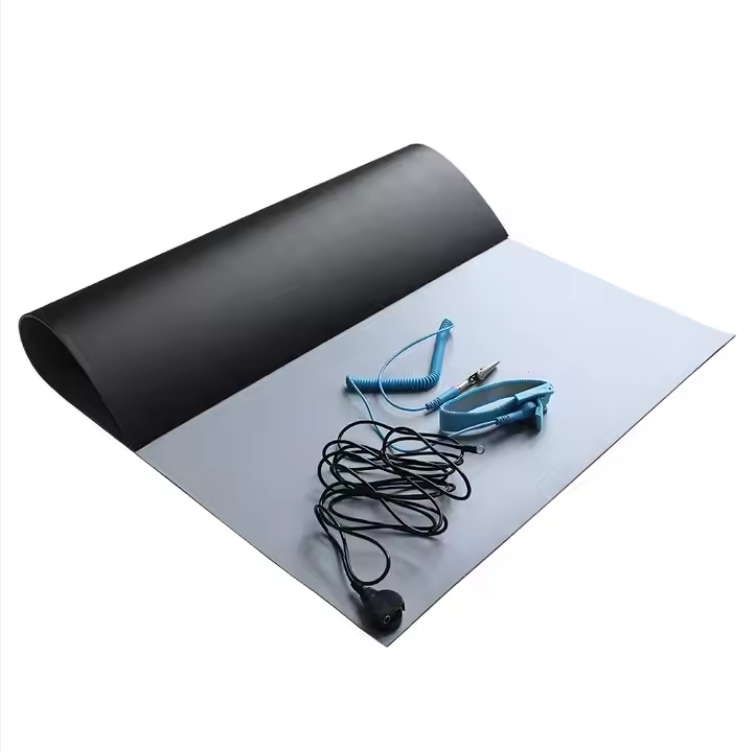Electrostatic Pad

how to choose Electrostatic Pad?
Choosing the right Electrostatic Pad (also known as an ESD mat or anti-static mat) depends on where and how you'll be using it. Here's a simple step-by-step guide to help you select the most suitable one:
1. Know the Purpose
Ask yourself:
Will it be used on a workbench (desktop mat)?
Or on the floor (floor mat)?
Each has different features. Tabletop mats protect electronic components during work, while floor mats help discharge static from people walking or standing.
2. Size Matters
Choose the size based on your workspace:
Common sizes:
24” x 36”
24” x 48”
36” x 72”
Custom sizes available
Make sure it covers the full area where sensitive components or equipment are handled.
3. Choose the Right Material
Vinyl Mats: Most common and affordable; good for general electronics use.
Rubber Mats: Heat and chemical resistant, better for soldering or industrial use.
2-layer or 3-layer mats: Offer better durability and protection.
4. Electrical Properties
Check resistance levels:
Surface resistance: 10⁶ to 10⁹ ohms
Mats should be static dissipative, not conductive or insulative.
Also make sure the mat can be grounded—there should be a snap connector for a grounding cord.
5. Grounding Kit
Some pads come as kits:
ESD mat + wrist strap + grounding cord Make sure the mat can be properly grounded to safely discharge static electricity.
6. Cleanroom or Sensitive Use?
If you're working in a cleanroom, select mats that are:
Low particulate
Easy to clean
Compatible with ISO cleanroom standards
7. Maintenance
Pick mats that are easy to clean and maintain. Use anti-static cleaners (not regular ones) to preserve ESD properties.
Summary Table:
| Feature | Recommendation |
|---|---|
| Application Area | Workbench / Floor |
| Material | Vinyl (general), Rubber (heavy-duty) |
| Layers | 2 or 3 layers for better durability |
| Resistance Range | 10⁶–10⁹ ohms |
| Grounding Connector | Must-have for safe discharge |
| Optional Accessories | Wrist strap, grounding wire, snap button |
